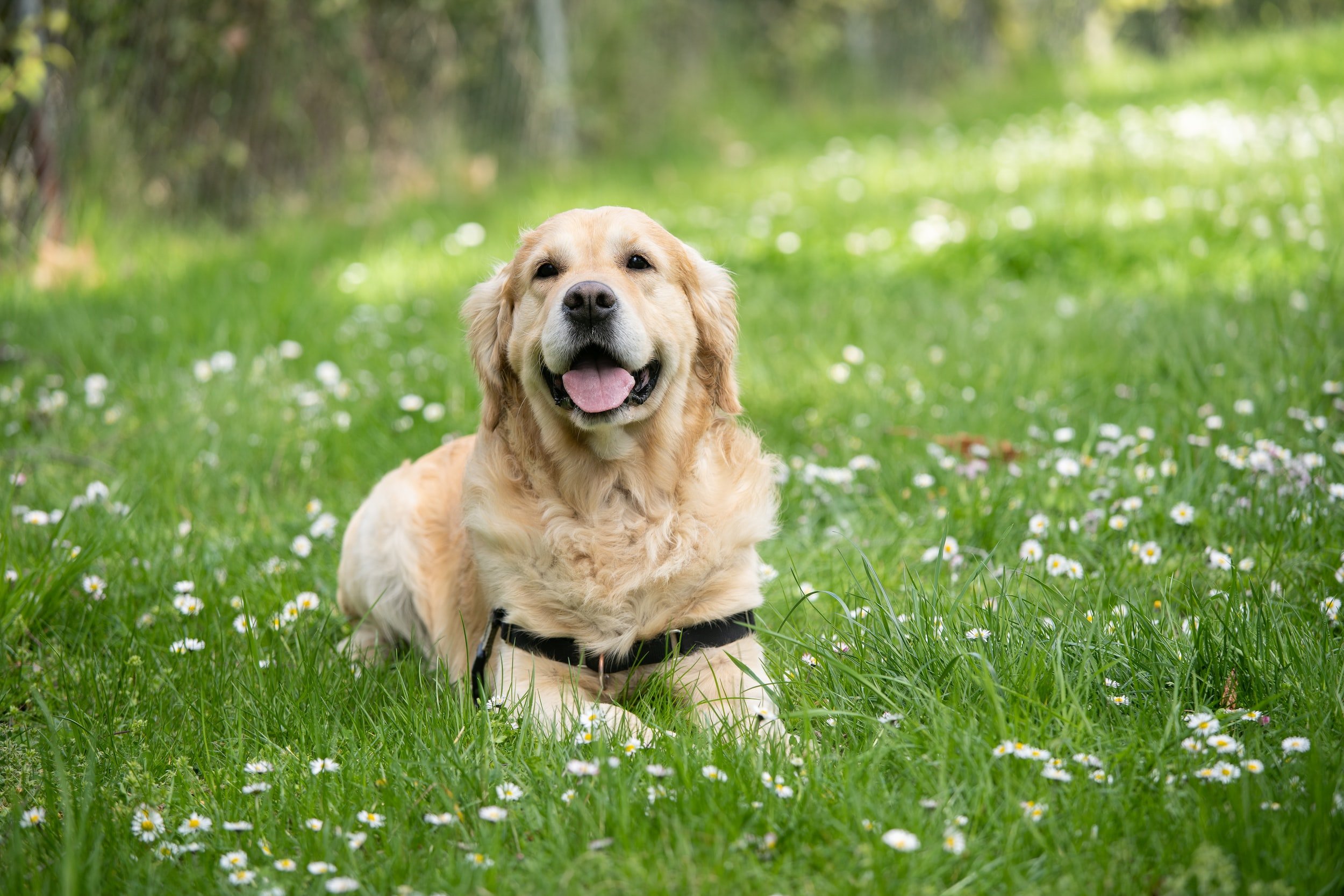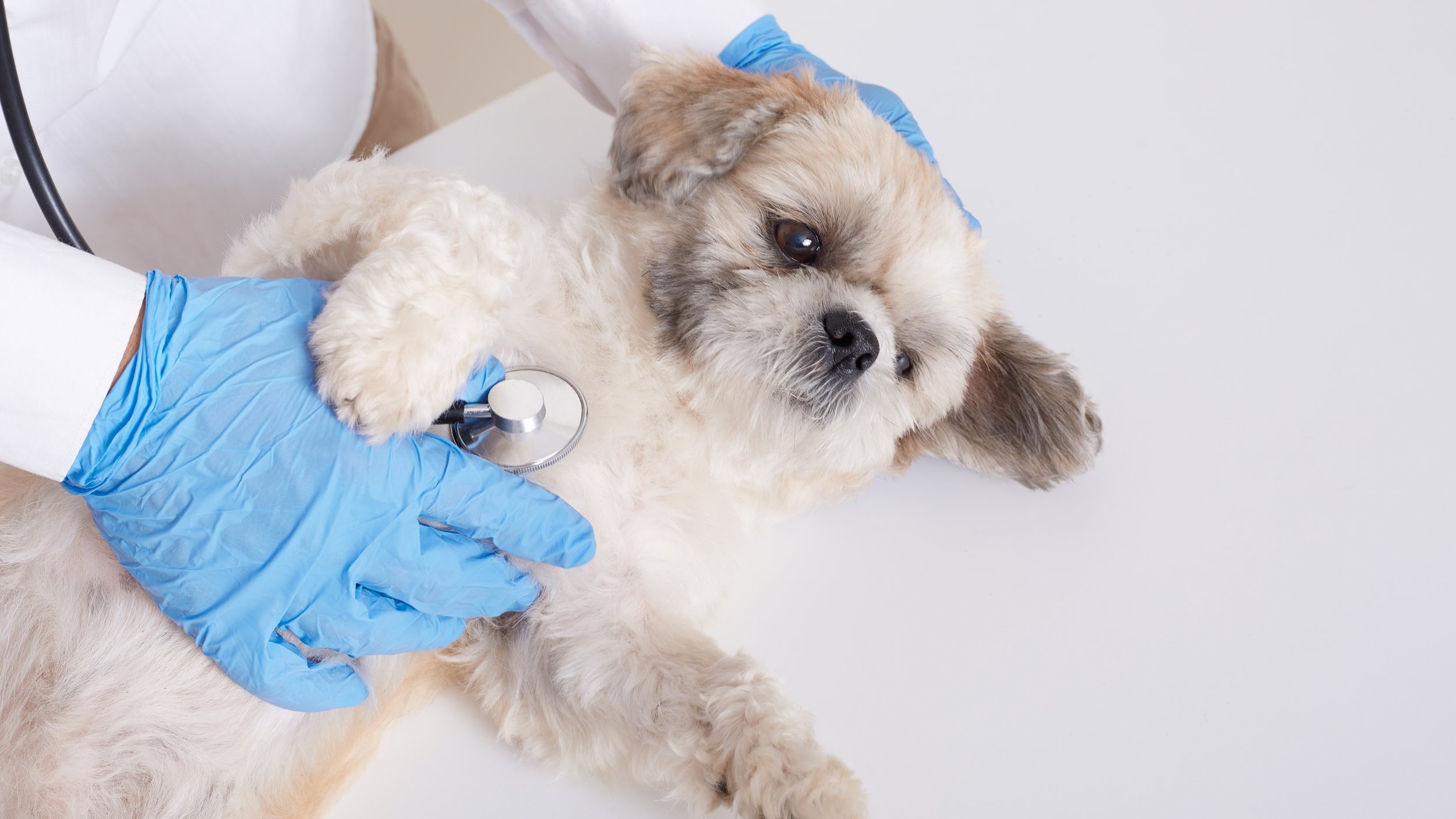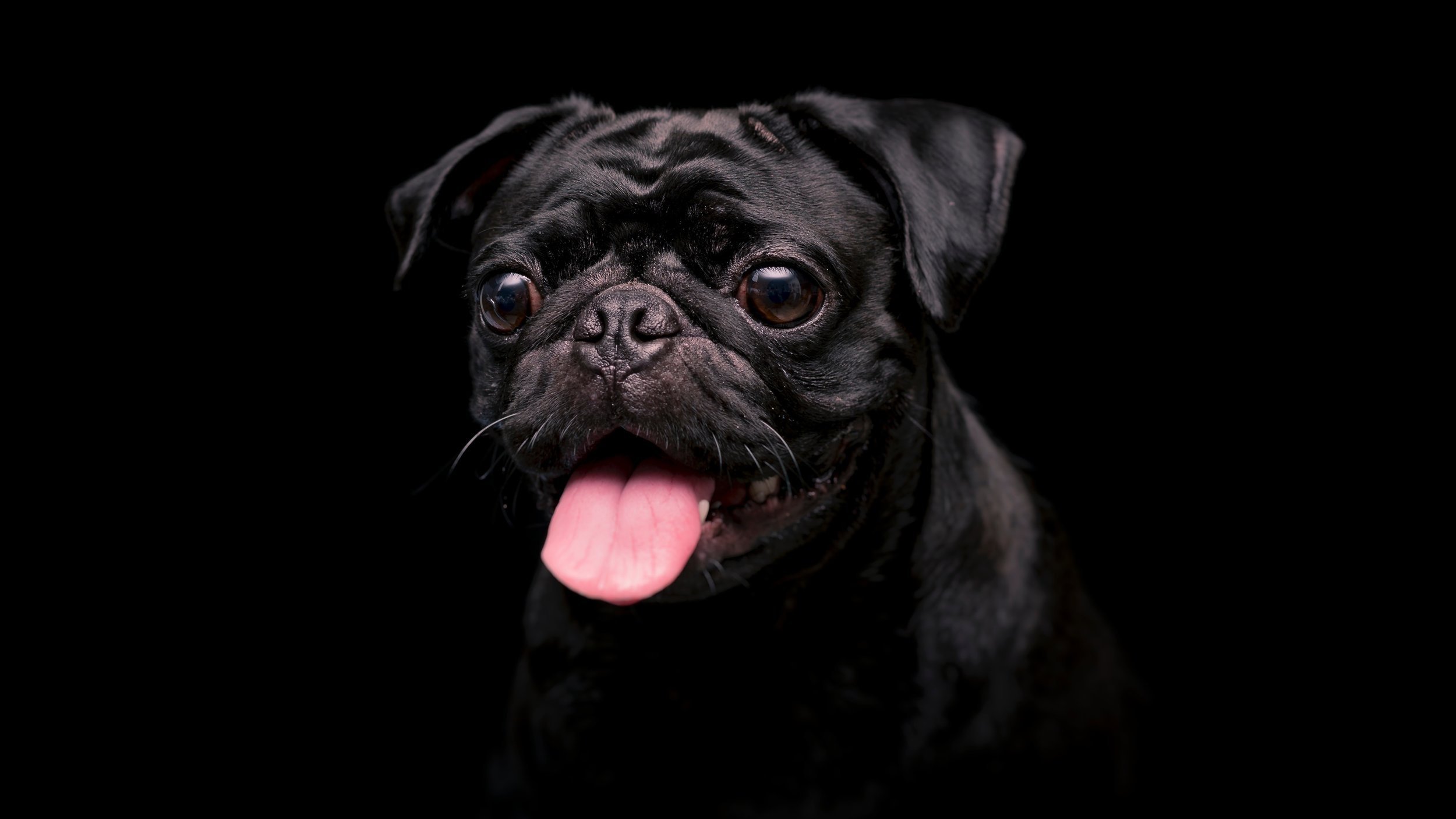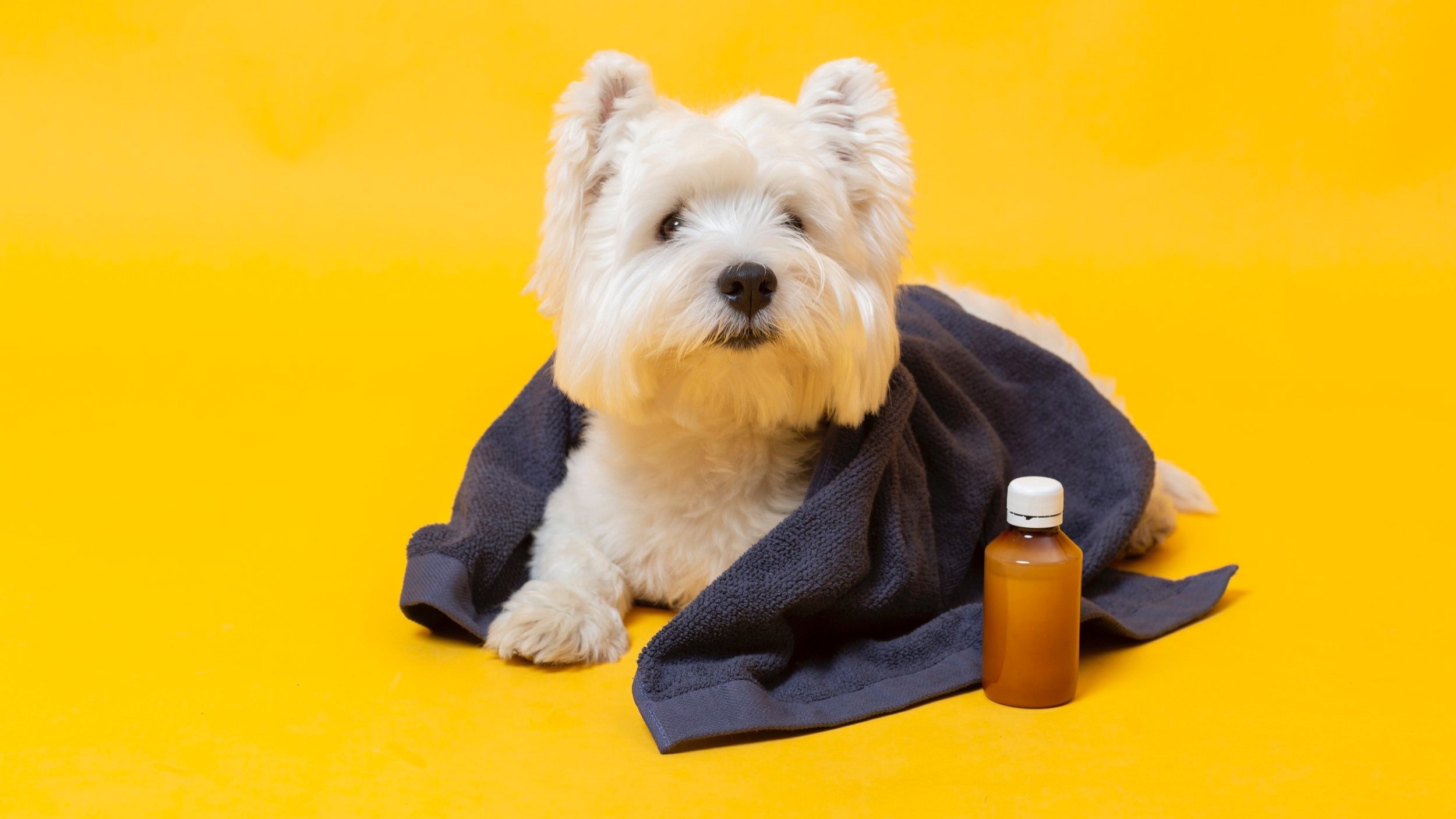Anaesthesia
Anesthesia is like flying. We aim to be in a plane of not-feeling-the-pain while arriving safely with our protocols tailored to your pet
Pain takes a tremendous toll on our patients. Some procedures would not be tolerable in an awake pet (or human) and to risk doing it in an awake patient may increase risk of sepsis, delay wound healing and cause unnecessary stress. Additionally, studies in humans suggest that improperly controlled acute pain may lead to chronic pain syndrome that can be very difficult to control.
Above all else, we have an ethical obligation to provide humane care to our patients.
Checks before an anaesthetic
A full physical examination with special attention to heart, lungs and hydration will be conducted to flag undetected heart murmurs or subclinical disease. Pre-operative bloods, overall demeanour and temperament of the patient will also be checked beforehand.
Active heating
Before, during and after anaesthesia, patients will be actively warmed using devices like heating mats/blankets. This is a critical step in avoiding rapid heat loss or hypothermia in the patient, which prolong recovery. Exceptions: those with high temperature beforehand.
Risks
All patients undergoing an anaesthetic will be classified from 1 (normal/healthy) to 5 (severely ill/surgery dependent). In general, a healthy patient does not face too much risk undergoing anaesthesia. However, depending on species, breed or health status, some risks may increase. The higher the classification number, the higher the probability of adverse effects under anaesthesia.
Note: Breeds such as the Pugs or French bulldogs have an increased airway risk
Fasting beforehand
Before anaesthesia, patients need to fast for a certain amount of time (to be advised by the vet before surgery). This keeps the stomach as empty as possible and reduces the risk of vomiting/regurgitation as anaesthetised patients will not be able to maintain their gag reflex and can choke.
Treating geriatric animals
An animal is deemed to be geriatric upon reaching 80% of its life expectancy, thus how geriatric a patient is will depend on its species and breed. Past a certain age, the patient’s body organs do not perform as well as before and drug metabolism will be slower, thus affecting drug dosage and the recovery period. It will be a concern putting older pets through an anaesthetic, but the increased risks are usually justified if the diagnostic or surgical procedure will improve its quality of life. We will engage you in discussion on the best ethically and morally weighted decision for your pet.
Sedation vs General Anaesthesia
In a lot of cases, sedation can be used for minor procedures or imaging a stressful pet while general anaesthesia (GA) is used for most surgeries. Both are very safe in the average healthy patient but the decision to use either will depend on the individual patient. For example, dogs that need more airway protection will have to go the GA route.
Recovery from anaesthesia
Depending on the drugs used, the procedure, degree of anaesthesia and the animal’s physical status beforehand, the average recovery period falls between 15 minutes and 2 hours. Our trained staff is with your pet as they awake and we do our best effort to minimise the patient’s recovery period.
Industry updates
Veterinary anaesthesia has changed drastically in the last 10 years. Practice standards have been introduced such that early warning signs of potential complications are picked up and addressed, mitigating further major events.
You pet is being monitored with monitoring equipment similar to human hospital devices that would be expected when you undergo anesthesia.
Some procedures benefit from local regional anesthesia, thus allowing more targeted analgesia and less unwanted side effects from systemic drugs. As technology continues to progress, the future of vet anaesthesia will also reap many potential benefits.

Call Us or Make an Online Appointment*
*Limited to routine and non emergency services





